by Rev. J. T. MOFFETT BLAIR, Clerk of Presbytery
On August 1st, 1743, the first Presbytery of the Reformed Presbyterian Church of Scotland was constituted. The Societies which had been meeting all over the country were united into three separate congregations centred around the Lothians, Clydesdale, and Galloway. In Galloway several congregations were formed, and the congregation of Stranraer came into being on 17th August, 1796. Shortly after this, a call was made out to Rev. Robert Douglas and he was ordained on May 31, 1797. After a short ministry, he died on July 22, 1800. The congregation made several attempts to obtain a minister, but it was not until November 21, 1804, that Rev. John Cowan was ordained, and records tell us that “he laboured with great acceptance in his charge until he died in January 1817.”
Then on August 18, 1819, there began a ministry which brought great blessing to the congregation. On that day, Rev. William Symington was ordained in the presence of a great crowd, estimated at between four and five thousand who had assembled in the burying ground adjoining the Church. For the next twenty years he did excellent service for the Church and this Congregation by his scholarship and gift of preaching. In a short time the church building proved too small for the large congregation that gathered, and in June 1824, it was taken down and the present building was erected, and opened on January 2, 1825.
In 1839 Dr Symington was called to Great Hamilton Street, Glasgow, and in spite of much feeling throughout the Church, he was inducted there. The removal of Dr Symington plunged the Stranraer Congregation into a time of great controversy and difficulty. After many disappointments and disagreements with Presbytery, the Congregation declined to accept the authority of Presbytery and Synod. Then the congregation split over the question of calling a minister. One section called Rev. John Macleod who was ordained in August 1841; the other section got preaching supply from an Irishman named Watt, and indeed they asked to be received as a congregation of the Irish Reformed Presbyterian Church. This was refused, and little more is heard of that section, except that it is known that some of them again joined the original congregation. Mr Macleod resigned his church in 1849.
In March 1850, Rev. Thomas Easton was ordained as minister of the congregation, and he proved to be an energetic and resourceful minister. When the disruption of the Reformed Presbyterian Church in 1863, Easton and his people opposed the union with the Free Church, and at the same time they remained aloof from the Presbytery of the minority Church. So the congregation remained more or less independent until the death of Mr Easton in 1887, when they quietly joined the minority Synod.
The Congregation remained vacant until the beginning of 1889, when Rev. John Martin of Wishaw was inducted as minister. Seven years later, Mr Martin intimated that he wished to resign from the Church, as he was no longer in full sympathy with the position and principles of the Church. There followed some months of unrest and disagreement, but on December 17, 1896, the congregation accepted Rev. Wesley Rodger as their minister, although there was no Presbyterial induction. The congregation continued alone until in 1906 a petition was made to the Presbytery of the R. P. Church of Scotland for recognition as a congregation, and this application was granted, and Mr. Rodger continued to do good work until in 1917 his health gave way, and he was compelled to resign.
After a short vacancy a cal was made out to Rev. John Knox Dickey, and he was inducted as minister in 1919. Early in 1926 Mr Dickey received and accepted a call from the congregation of Londonderry, and for a period of almost seven years the congregation remained without a minister, until in October 1932, I was ordained and inducted as minister of the congregation. In spite of the long vacancy the congregation had remained in good heart, and this was largely due to the faithfulness and hard work of the Session Clerk, Mr James Ross. After twelve years of service in Stranraer I accepted a call to Portrush. In May 1946, William Young of Wishaw was inducted as minister of the congregation, and after a most fruitful ministry of over ten years, Mr Young on June 26, 1956, accepted a call from Grosvenor Road, Belfast.
On October 28, 1956, the congregation made out a hearty and unanimous Call to Mr Samuel Lynas Reid, B.A., a licentiate of the Northern Presbytery of the Irish Reformed Presbyterian Church. This Call was accepted by Mr Reid at a meeting of the Northern Presbytery on November 30, and he was furnished with credentials to the Joint Presbyteries of Edinburgh and Glasgow. The Edict for Ordination and Induction has been read as prescribed in the Book of Government, and no objections have been lodged, so the Presbytery would now proceed to the Ordination of Mr Reid to the Christian Ministry, and his Induction as minister of the Stranraer Congregation on this ninth day of January, 1957.










